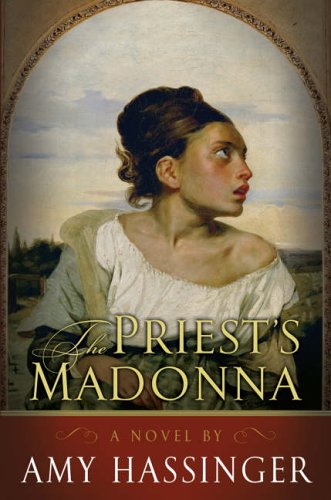The Priest’s Madonna
In 1877, nine-year-old Marie Dernanaud meets Bérenger Saunière on the eve of the feast of St. Mary Magdalene, at the saint’s shrine at the grotto of Sainte Baume in the hills of Provence. Some years later, Bérenger is appointed the priest at Rennes-le-Château, her family’s tiny village at the foothills of the Pyrenees. As the years pass, Marie becomes Bérenger’s housekeeper; many believe she is also his lover. But Marie, who has religious misgivings, cannot accept the Catholic faith as wholly as the priest does. Madame, the mayor’s wife, appreciates her intelligence, and when Marie expresses an interest in the Cathars and other local history, Madame grants Marie the use of her library.
Marie and Bérenger were historical personages; he really was her village priest. Bérenger had amassed a huge fortune for which there was no explanation, and local rumor said he had discovered a treasure of the Knights Templar buried under his church.
Hassinger provides some of the flavor of the late 19th and early 20th centuries, although most of the storyline concerns dogma and faith, or the lack of it. Intertwined with Marie’s tale is a subplot involving Jesus Christ and his relationship with Mary Magdalene, one of his followers. The author embraces the theory that Mary Magdalene and Jesus were married, and that they had a child who Mary brought to France when she fled Jerusalem. In her themes of faith and doubt, the forbidden love between a woman and a holy man, and the search for meaning, Hassinger parallels the lives of the two women. This novel is very well written; Marie is an appealing character, more so because she strives for independent thinking in an era of conformity.










